ALMATY, Kazakhstan, April 5, (V7N) – A record-breaking heatwave scorched Central Asia in March, with temperatures soaring up to 10 degrees Celsius above pre-industrial levels, threatening agriculture and water resources in a region already vulnerable to climate change, a new study revealed Friday.
The research, conducted by World Weather Attribution—a global network of scientists analyzing climate change’s role in extreme weather—found that global warming intensified the heatwave by at least 4 degrees Celsius. Experts warned the actual impact may be even greater. “Our heatwave studies often detect changes of 2 to 4 degrees Celsius, so 10 degrees is quite frankly bonkers,” said Ben Clarke from Imperial College London.
Spanning Kazakhstan, Kyrgyzstan, Tajikistan, Turkmenistan, and Uzbekistan, the heatwave hit during a critical farming season, endangering crops like almonds, apricots, cherries, and wheat. With nearly half the workforce in Tajikistan and Uzbekistan relying on agriculture, and the sector accounting for one-fifth of the region’s economy, experts warn of widespread consequences for food security.
“This is a heatwave that didn’t make headlines – it happened in spring and in a region that isn’t exactly known for blistering heatwaves,” noted Maja Vahlberg from the Red Cross Red Crescent Climate Centre. Scientists also stressed the ongoing melting of glaciers in the Tian-Shan and Pamir ranges—where up to 30% have already disappeared—could further strain water supplies in the drought-prone, landlocked region.
END/CLM/RH/




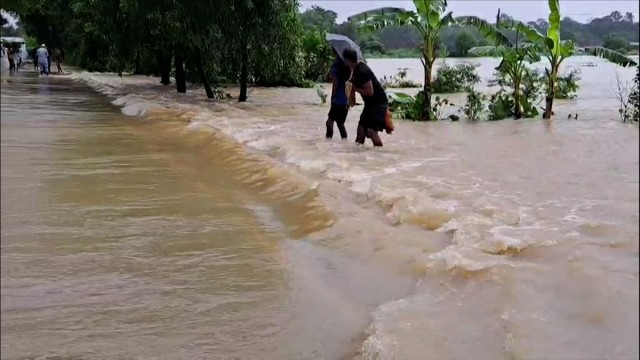


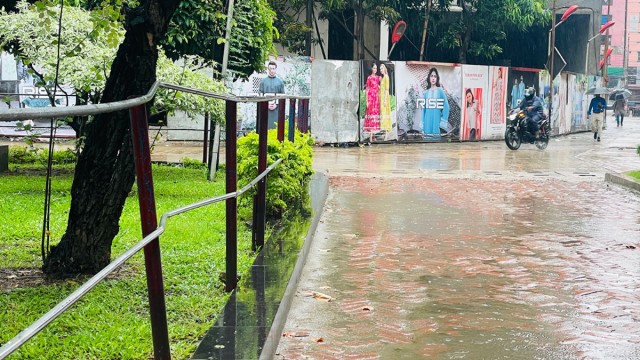
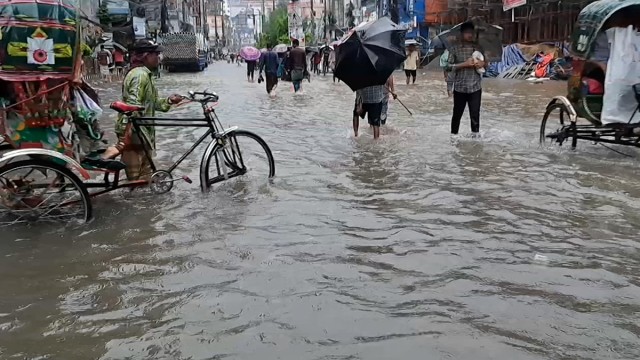


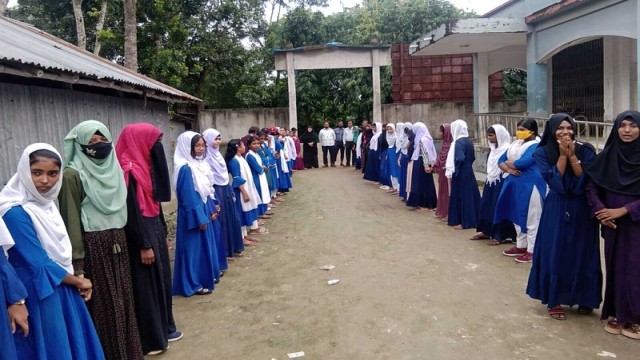



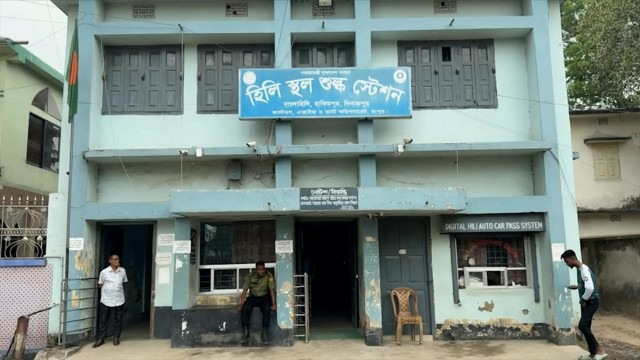

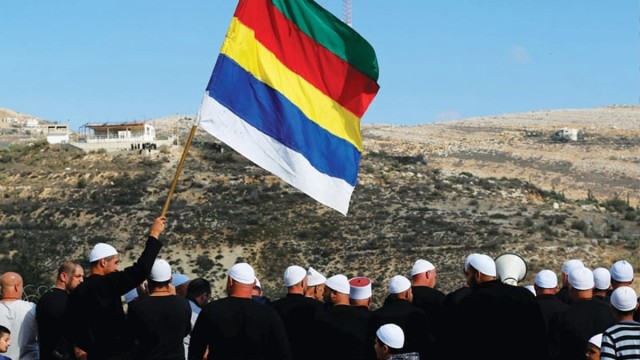
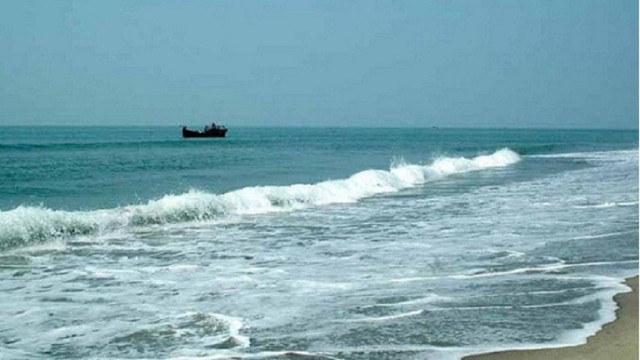




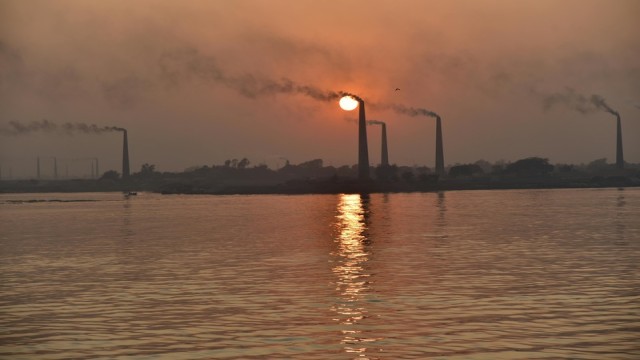


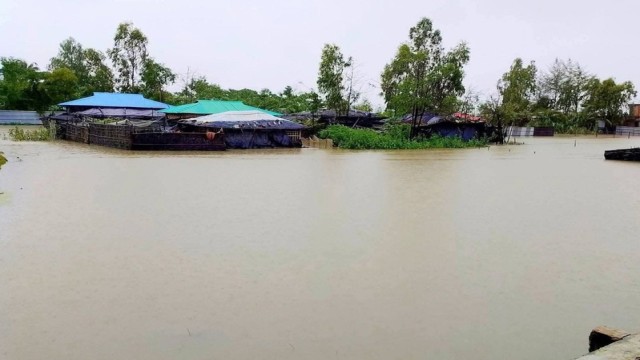




Comment: